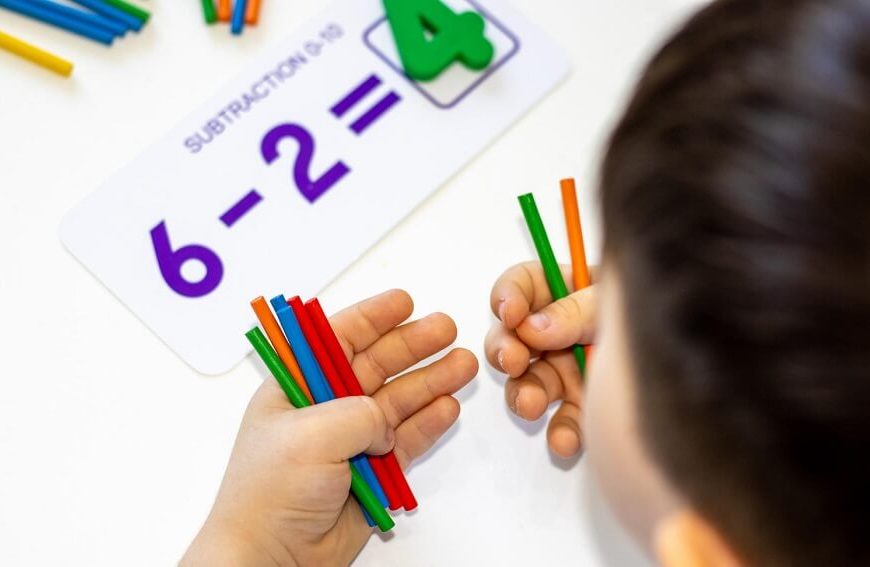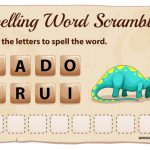Counting fun with everyday objects is an exciting and interactive way to introduce toddlers to the world of numbers. From colourful fruits in the kitchen to toys scattered across the playroom, there are countless opportunities to engage young children in counting activities using items they encounter in their daily lives. By incorporating these familiar objects into their learning journey, toddlers not only develop early maths skills but also strengthen their cognitive abilities and foster a love for numbers.
In fact, it can be a vibrant adventure filled with laughter, discovery, and the joy of learning with everyday objects. Transforming the seemingly ordinary into a realm of numbers can be an exciting endeavour. Let’s explore engaging and enjoyable ways to teach counting, turning mundane moments into valuable learning experiences for your child.
Benefits of Counting Fun with Everyday Objects.
“Counting Fun with Everyday Objects” offers a range of benefits for toddlers, making the learning process both enjoyable and enriching.
- Early Math Skills:
- Cognitive Enhancement:
- Contextual Learning:
- Sensory Exploration:
- Language Development:
- Social Interaction:
- Joyful Learning Experience:
- Parent-Child Bonding:
- Preparation for Everyday Tasks:
- Love for Numbers:
Establishes a foundation for early math skills by associating numbers with tangible objects.
Stimulates cognitive abilities, enhancing memory, attention, and problem-solving skills.
Provides context to numerical concepts through real-life scenarios, making learning more relatable.
Promotes sensory development through tactile experiences in counting activities.
Expands vocabulary and improves communication skills through verbalising numbers.
Facilitates social interaction in group games and playdates, fostering teamwork and cooperation.
Adds joy and fun to the learning process, keeping toddlers engaged and enthusiastic.
Strengthens the parent-child bond through shared counting activities.
Prepares toddlers for practical applications of counting in daily life.
Instils a positive attitude towards mathematics, cultivating a lifelong curiosity about numbers.
Discovering the Magic of Counting Objects
- Counting in the Kitchen: A Culinary Counting Adventure
- Counting in the Toy Box: Playful Learning at Its Best
As the heart of many homes, the kitchen doubles as an incredible classroom for counting. Elevate meal preparation into a lively counting game by encouraging your child to count the number of apples, potatoes, or even utensils. It’s not merely about cooking; it’s about counting the ingredients that turn everyday meals into something extraordinary.
Toys are more than just playthings; they serve as excellent tools for learning. Arrange stuffed animals, building blocks, or toy cars, and invite your child to count them. This delightful activity seamlessly blends playtime with the foundational skill of counting, making learning an integral part of fun.
Fun Counting Games to Spark Excitement
- Hopscotch Math: Counting Jumps and Having Fun
- Treasure Hunt Counting: A Quest for Numbers
Take counting beyond the walls with a classic game of hopscotch. Each jump transforms into a number, turning a physical activity into a thrilling numerical adventure. This not only enhances gross motor skills but also makes learning an enjoyable and active pursuit.
Infuse your living space with the excitement of learning by creating a simple treasure hunt. Place items around the house, assigning a number to each. As your child discovers each item, they not only find treasures but also unlock the enchanting world of counting.
Fun Counting Activities for Engaging Learning
- Numbered Nature Walk: Counting in the Great Outdoors
- Counting with Crafts: Artistic Numerical Expressions
Nature generously provides an abundance of objects for counting. Take a leisurely stroll in the park or your backyard, encouraging your child to count the number of birds, flowers, or even different-coloured leaves. It’s a serene and educational way to connect with nature while making numbers a part of the everyday scenery.
Merge creativity with counting by incorporating crafts into the learning process. Whether it’s counting the beads on a necklace or the buttons on a collage, artistic activities not only engage your child’s imagination but also solidify numerical concepts in a hands-on and enjoyable manner.
How to Make Counting Fun: A Parent’s Guide
- Narrative Numerals: Weaving Stories with Numbers
- Musical Numbers: Counting Through Melody and Song
Elevate counting to a storytelling experience. Craft simple narratives that involve counting, where characters or objects in the story correspond to numerical values. This delightful approach infuses storytelling with mathematical concepts, making learning an imaginative journey.
Add a harmonious twist to counting by incorporating songs or rhymes. Develop simple tunes that involve counting, turning the learning process into a catchy and memorable experience. The rhythmic element adds an extra layer of engagement, making learning to count a harmonious affair.
Fun Ways to Teach Counting: Nurturing a Love for Numbers
- Counting Through Playdates: Social Learning Extravaganza
- Visualising Numbers: Fun with Flashcards and Pictures
Learning is often more enjoyable in the company of friends. Organise playdates where counting becomes a group activity. Whether counting snacks, toys, or even turns during a game, social interactions transform counting into a shared experience, making learning a collaborative and social endeavour.
Enhance counting concepts using visual aids. Flashcards featuring colourful images corresponding to numbers create a visual association that strengthens understanding. It’s a straightforward yet effective way to make numbers more tangible for young learners.
Counting Objects Beyond the Classroom
- Supermarket Counting: Grocery Shopping Adventures
- Counting at Bedtime: A Numerical Night Routine
Infuse routine grocery shopping with a dash of excitement by turning it into a counting expedition. Encourage your child to count the number of apples or cans of soup as you navigate the aisles. This not only adds a fun dimension to the shopping experience but also seamlessly integrates counting into everyday tasks.
Incorporate counting into the bedtime routine. Count the number of bedtime stories, the stuffed animals on the bed, or even the goodnight kisses. This not only makes bedtime more interactive but also reinforces counting as a comforting and enjoyable activity, creating a positive association with numbers.
Transforming everyday objects into numerical wonders is not merely about learning to count; it’s about instilling a profound love for numbers and creating a positive association with mathematics. By infusing joy, playfulness, and creativity into counting activities, we can nurture a foundation for lifelong mathematical curiosity and proficiency. Embrace the every day as a classroom, and let the world of numbers unfold in the most delightful and unexpected ways for your child. Through these engaging experiences, counting becomes not just a skill but a joyful journey of discovery.
EuroKids places a strong emphasis on the significance of “Counting Fun with Everyday Objects” in the developmental journey of our young learners. We believe in making learning both enjoyable and relatable and integrating counting activities with everyday items aligns seamlessly with this philosophy. This approach not only builds the groundwork for early maths skills but also stimulates cognitive development and encourages sensory exploration. Our dedicated educators utilise this methodology to craft a delightful learning experience, enhancing language skills, fostering social interaction, and strengthening the bond between parents and children. Ultimately, our aim is to cultivate a genuine love for numbers, equipping our little ones with a positive attitude toward mathematics as they embark on their educational journey.















